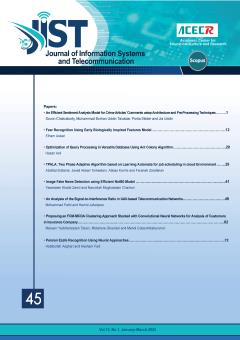Network simulation is a technique that models network behavior by performing transaction calculations between different network entities and using mathematical formulas and taking observations of network products. A network simulator is a software program have been applied to analyze the performance of a computer network without the presence of a real network. Hardware equipment, equipment configuration, communication, and routing protocols and network traffic modeled in simulation software and the behavior of the network and its components examined from different dimensions. The user can also customize the simulation software according to their needs. Simulation software has different uses, and the user can use these tools to model their network by recognizing this software. In terms of research, it is difficult to create a network, especially large networks, in a real-time scenario, and it is not easily possible to carry out it in the real world, and it is very costly. So, simulators help network developers to control whether the network can work in real-time or not, or whether it is efficient enough. This reduces the time and cost of network application testing.Today, simulation technology is successfully used to model, design and manage a variety of intelligent systems. Numerous tools have been created in this regard. In this article, we review and compare important network simulators such as CloudSim, GloMoSim, GNS3, NS-2, Opnet, OMNet ++, NetSim, NS-3, AVRORA, Packet Tracer, QualNet, J-Sim, REAL and OptSim and their results. These comparisons express from several perspectives in the tables.
Manuscript profile


